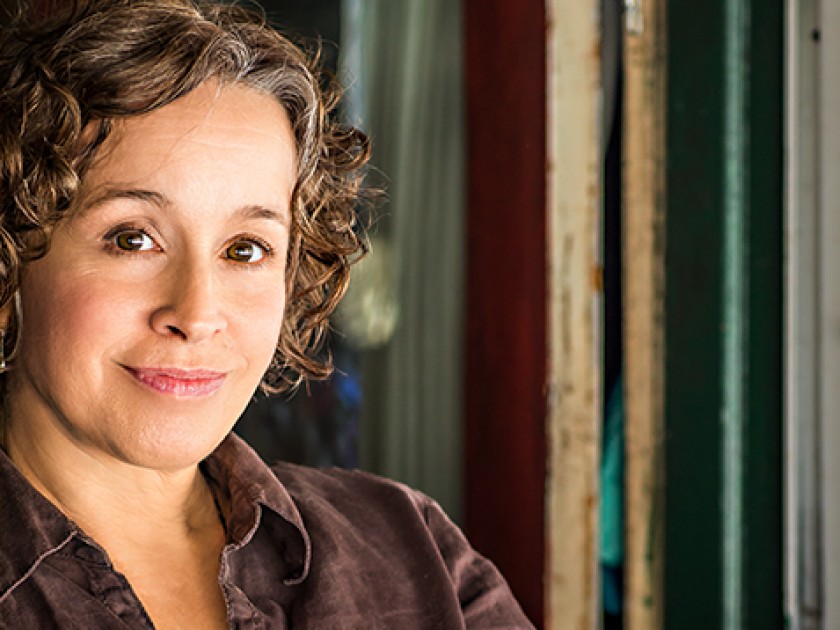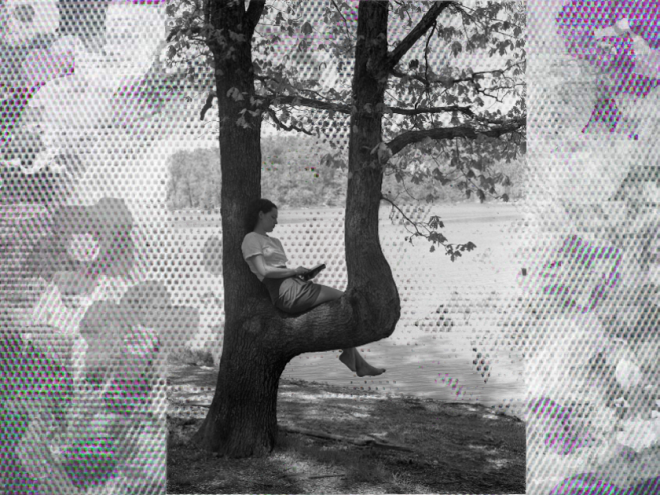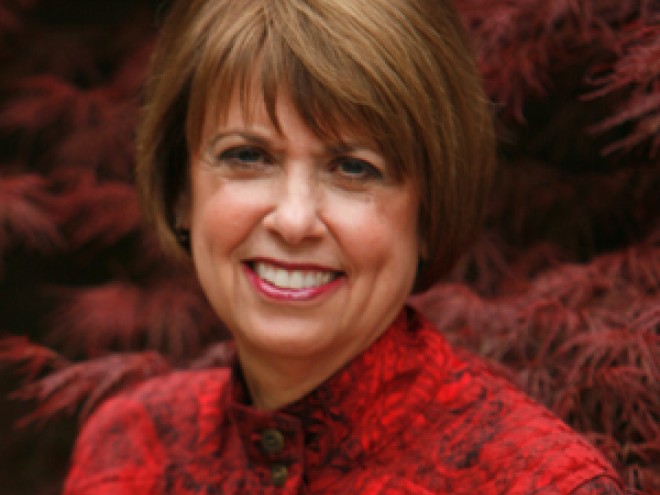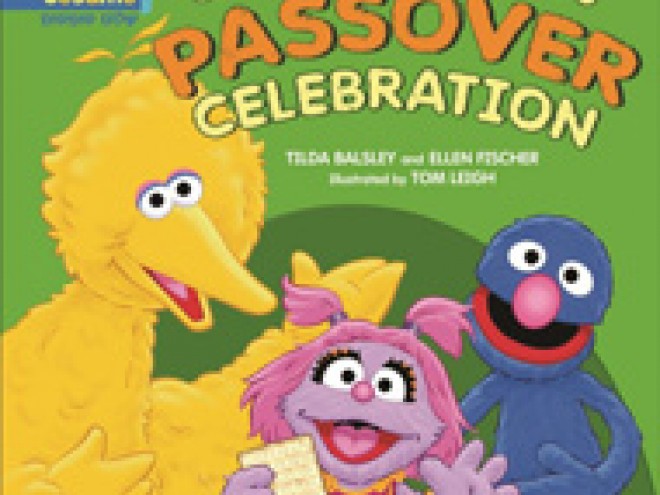
Michal Hoschander Malen, our editor of children’s and young adult book reviews, recently had the chance, as part of the Sydney Taylor Book Award blog tour, to talk to Susan Krawitz about her book Viva, Rose!, a debut fiction finalist in this year’s National Jewish Book Awards. Viva, Rose! was also honored in this year’s Sydney Taylor Book Awards, a program of the Association of Jewish Libraries. The star of Krawitz’s story is thirteen-year-old Rose, part of a traditional and observant Jewish family in El Paso, Texas. When her older brother joins Pancho Villa’s army, she decides she has to rescue him and embarks on a frightening but exciting desert adventure.
Michal Hoschander-Malen: The historical setting of Viva, Rose! is unusual in young adult Jewish literature. What motivated you to write a Jewish Western?
SK: This fictional story was inspired by a true one; my grandfather’s family settled in the west when they immigrated from Russia around the turn of the twentieth century, and one of his first cousins rode with Pancho Villa’s army during the Mexican Revolution. I’d heard stories of this cousin Abraham and his sister Rose as I was growing up, but they seemed too wild to be true. Rose was a cabaret singer? Abraham played chess on horseback? But then my older sister found an actual article about Abe’s life in a 1932 San Antonio newspaper. The first sentence read: “Every once in a while you come across a life story that in its color and action seems almost fictional.” Even this journalist thought Abraham was quite a character! I’d already started writing short children’s fiction by then, but these words lit a fire that would smolder inside of me until I this took these “almost fictional” story parts and turned them into a novel.
MHM: What kinds of research did you do to make the era and the setting so vivid? How much fact is mixed in with the fiction?
SK: I crawled all over the internet to learn about Jewish settlement in the west and research family records and genealogy; I also watched every movie I could find about Pancho Villa, and read every book, both factual and fiction, about him. One of my most valuable resources was Insurgent Mexico, written by a well-known journalist of that time named John (aka Jack) Reed. (He was portrayed by Warren Beatty in the 1981 movie, Reds.) He lived and traveled with Villa’s gang for several months, and may have been not only the first journalist embedded with an army, but also the first to use an impassioned narrative style that brought readers into scenes and situations in an up-close and personal way. His eloquently detailed first-person viewpoint offered me invaluable flesh to put on the bones of the legendary villain/hero Pancho Villa.
You could also say my life experiences were a sort of research as well. Many years of riding horses gave color to Rose’s equestrian scenes, and a long-ago rock climbing trip to Hueco Tanks State Park in El Paso, Texas offered the location of Villa’s desert hideaway. Not all research needs to be conducted indoors!
Regarding the mix of fact and fiction, I found the real-life elements of Pancho Villa’s army were, like Abraham’s life, too “almost fictional” to be true. The Mexican Revolution, which had a main goal of ensuring equality for peasant farm workers, was an important social justice movement of the early twentieth century, and all kinds of people came from all kinds of places to support Villa’s efforts. I based many of the characters in the Villa camp on actual people, including barnstormers Farnam T Fish and Wild Bill Heath, and a San Francisco bank robber named Oscar Creighton. Legendary silent movie cowboy Tom Mix declared he‘d spent time there (though some say he just said so for publicity) and of course, I had to put Jack Reed in the camp with Rose as well. Additionally, Rose and Abraham and their family are drawn from research and relatives’ stories of their lives.
MHM: Can you tell us something about the Jewish life of the period?
SK: An 1878 survey by the Union of American Hebrew Conference showed that 21,465 Jews were living in eleven western states and territories. Incredibly, it’s been estimated that by 1880, California’s Jewish population was bigger than that of New York State.
Jews worked as peddlers, merchants and tradespeople, led wagon trains, and explored the frontier. My relative Solomon Solomon, Rose and Abraham’s father, immigrated to San Antonio at the very end of the 1800s, and worked as a kosher butcher and an Orthodox rabbi. The city had a well-established Jewish community by then. The first synagogue, Beth-El, was opened in 1874; a Ladies Hebrew Benevolent Society and a Young Men’s Hebrew Association soon followed. By the time my relatives arrived, there were several synagogues and a Jewish cemetery.
MHM: Rose faces moral dilemmas one after another as she navigates the events of the exciting plot. She tries to do the right thing even as she lies, deceives her parents, and confronts people she originally perceives as “bad guys.” She faces complicated choices for which she’s had no preparation. What is your intended takeaway for a young reader watching Rose handle these tricky situations?
SK: I’d guess my goals for a young reader’s takeaway are the same as my story-goals for Rose: to begin to move away from the black and white thinking of early adolescence towards a more complicated, but more rewarding and self-actualized way of being in the world. Life would certainly be easier if the good guys wore white hats and the bad ones black, but without this coding, we’re perpetually challenged to create our own unique moral path. In a world that seems to be experiencing a moment of deep polarization, I think we can’t overemphasize the concept that most of life actually exists not in the blacks and whites, but the varied shades of grey.
I think we find some of the truest, most gratifying parts of life in the cracks between everything we’ve always thought to be true.
MHM: What exciting things can we expect next from the pen of Susan Krawitz?
SK: I’m currently finishing an adult novel set in Ireland, blowing the dust off some picture book manuscripts, and working on a sequel to Viva, Rose! The real-life Rose had yet another brother who did incredible things and he did them in New York City, which offers me another chance to get Rose out of her comfort zone and into some deliciously challenging hot water.
Michal Hoschander Malen is the editor of Jewish Book Council’s young adult and children’s book reviews. A former librarian, she has lectured on topics relating to literacy, run book clubs, and loves to read aloud to her grandchildren.



